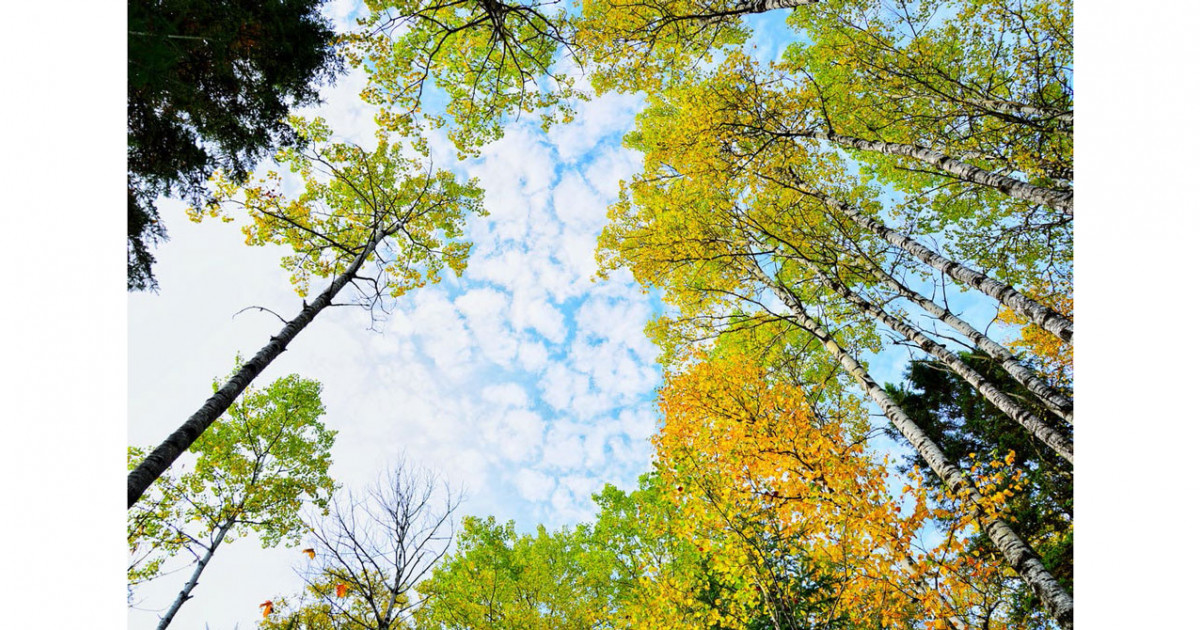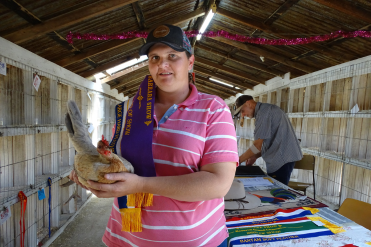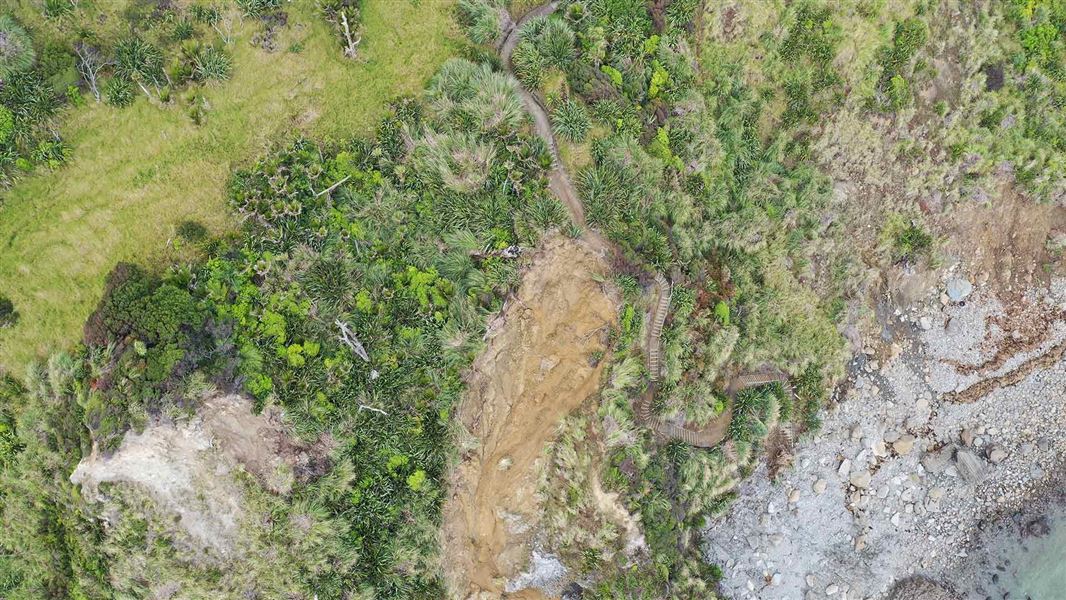
In a heartfelt speech during Reconciliation Week, indigenous project manager Troy Combo shared his family’s story with our staff and students to reinforce the importance of a commitment to indigenous reconciliation.
Here is an extract from his speech:
_I’d like to begin by acknowledging the Traditional custodians of the land on which we meet today, the Turrbal people of the Brisbane area and in Melbourne the Boon Wurrung and Wurundjeri people of the Kulin nation, and pay my respects to Elders past and present.
This year commemorates 20 years since 250,000 Aboriginal and non-Aboriginal Australians walked across the Sydney Harbour Bridge, hand-in-hand, in support of reconciliation and Aboriginal Australia.
We have come a long way, but we still have many detractors from both the Aboriginal and non-Aboriginal communities on the symbolism that Reconciliation is perceived to serve. However, many Australians still support these efforts.
When announcing this year’s theme “In This Together”, Reconciliation Australia could not have foreseen how relevant the theme would be and in times of crisis reminds us, we are all “in this together”.
With leadership and support from the Executive, Burnet Institute renewed its commitment to work and walk alongside Aboriginal and Torres Strait Islander Australians.
So what is Reconciliation Week? Well, it’s not just a week; its efforts are a continued journey for all Australians as individuals, families, communities and organisations.
As a nation it’s a time to reflect, and it reminds us all we have a part to play, and in playing our part we collectively build relationships and communities that value Aboriginal and Torres Strait Islander peoples, histories and cultures.
Personally, it’s a time to reflect on our ancestors and their footprints that pathed the way for land rights, access to health care and social justice to name just a few.
It’s a time for me to acknowledge my families continued connection to country, the Bundjalung and Gumbaynggirr nations in far Northern New South Wales. I must also acknowledge my strong connections to Darug and Eora nations in Sydney where I grew up.
My grandfather was a Bundjalung man (Bundjalung spans from Grafton in the south to Tweed Heads in the north and almost to Tenterfield in the west) and my grandmother a Bundjalung/Gumbaynggirr woman (Coffs Harbour region).
I reflect on their struggles growing up on Cabbage Tree Island – a little island on the Richmond River 20 kilometres south of Ballina in NSW – under a mission manager and to quote my grandfather “the not so aptly named Aboriginal Protection Board”.
My grandfather was born there in 1918. Even as a youngster he could recall the wailing mothers as the government vehicles crossed the bridge with one purpose in mind, to remove children.
They lived there until he was 11 when his father was kicked off the mission for being a dissident. This took them north to Broken Head and, in his words, he was fortunate to gain a proper education at Broken Head public school. Archived records showed him to be top of his class and quite the achiever.
He went on to join the army and became a boiler maker and served in World War Two. He was deployed to the Middle East where he served across 12 countries and on his return to Australia was redeployed to Papua New Guinea (PNG).
On his final return from PNG he left regional NSW and moved to Sydney where he stated he found city folk were much more tolerant. He adapted well to city life.
My grandmother on the other hand was a traditional woman and very spiritual woman who spoke and practiced her culture regularly. She never adapted to the constraints of city life and the thought of leaving her culture behind. She was a highly respected elder in our community and known by everyone.
The vision of Reconciliation Australia is for a just, equitable and reconciled Australia, this vision aligns with the Burnet Institute ethos and our mission statement which is “to achieve better health for vulnerable communities in Australia and internationally by accelerating the translation of research, discovery and evidence into sustainable health solutions.”
With this renewed commitment from our leaders and the will of the people at Burnet, I believe we are well placed to strengthen our commitment in building meaningful relationships with the Aboriginal and Torres Strait Islander communities.
This will lay the platform for Burnet to expand our research and program delivery in Aboriginal Health across all four program areas, and I believe there are great opportunities notably in the fields of maternal, child and adolescent health, and disease elimination.
I know I have been here just a short while, however it would be great to see Aboriginal health embedded as a core molecule of the Burnet DNA.
Whilst this week’s acknowledgement and efforts may seem futile, I believe these small steps will accelerate the development of our Reconciliation Action Plan. As Kev Carmody and Paul Kelly sang, “From little things, big things grow”._
Troy Combo
Mr Combo has a joint appointment with Burnet and the University of Queensland (UQ). He is primarily based at the UQ’s School of Public Health and the Royal Brisbane Women’s Hospital campus.
His role involves coordinating the EC Australia Aboriginal Health Plan, which will support accessible hepatitis C care among Aboriginal and Torres Strait Islander Peoples.
Click here for more about EC Australia (Eliminating hepatitis C Australia).






